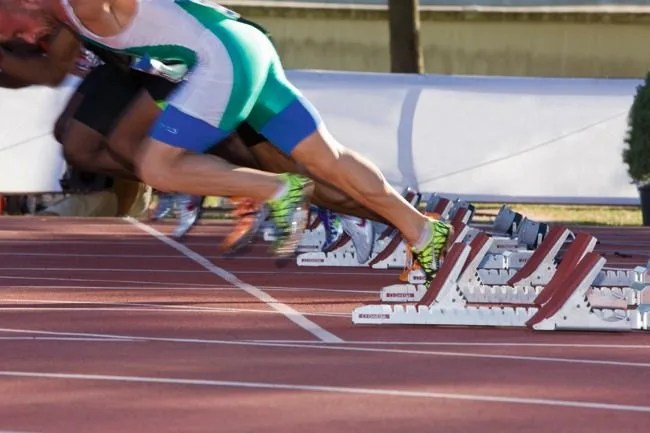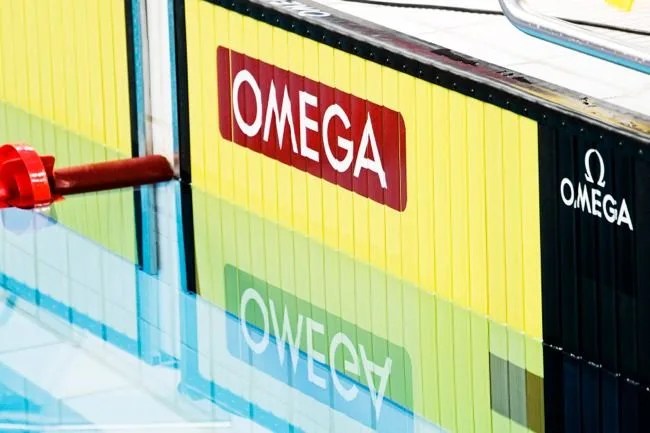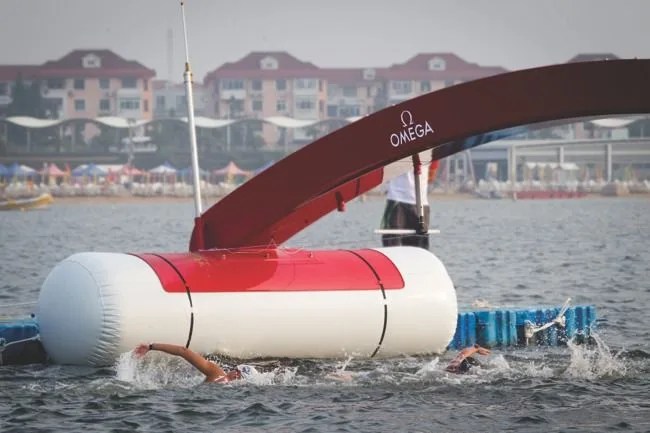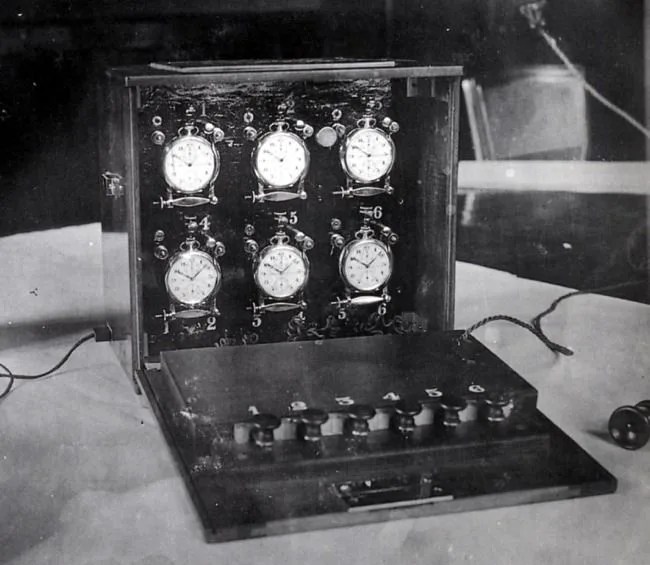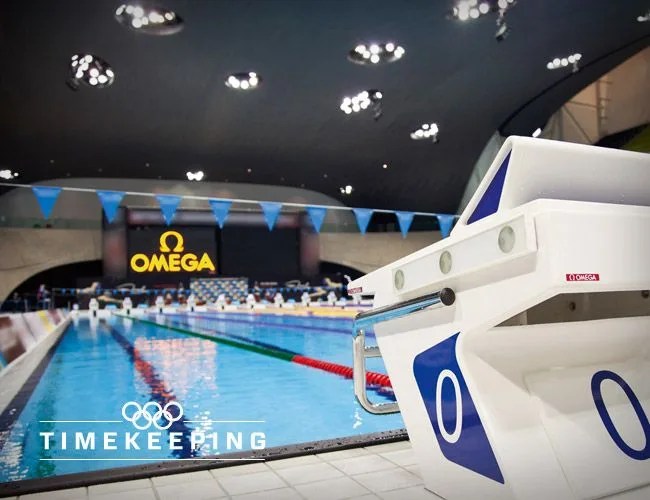 Omega
OmegaOne could argue that time is the most important element of the Olympic Games. Four years. One tenth of a second. Two hours, six minutes, 32 seconds. They all carry great importance. In swimming or running, fractions of seconds can mean the difference between qualifying for a final and finishing the Games as a spectator. Olympic and world record times become targets for athletes to chase for four, eight, sometimes twelve years. Even in those sports not usually associated with time, such as the hammer throw or synchronized swimming, time is crucial. A shot putter must begin his throw within one minute of entering the circle. Tennis players have 90 seconds for changeovers and 120 seconds for set changes.
Even as Olympic athletes and their training and equipment have changed over the years, so too has Olympic timekeeping. In the early days, timing relied on mechanical stopwatches and men with quick reaction times, good vision and well-developed thumbs. As the decades progressed, electronic timekeeping and photocells took over and soon races could be timed to the 1/1000th of a second (though a controversial swim finish in 1972 prompted officials to limit timing to 1/100th of a second). Through the ‘60s, ‘70s and ‘80s, timing got more and more sophisticated. Race results could be instantly displayed as runners crossed the finish line and integrated systems used the touch of a swimmer’s hand to stop the clock, eliminating the problematic human element of the poolside timekeeper.
Of course, as anybody who has watched an Olympics in the past century knows, the name OMEGA is synonymous with timekeeping. The venerable Swiss brand has been the official Olympic timekeeper since 1932 and it is far more than just a marketing ploy. OMEGA takes its timekeeping role very seriously and almost all of the advances in race timing can be attributed to them. Let’s take a look at a few of OMEGA’s recent timekeeping technologies.
The Starter’s Pistol
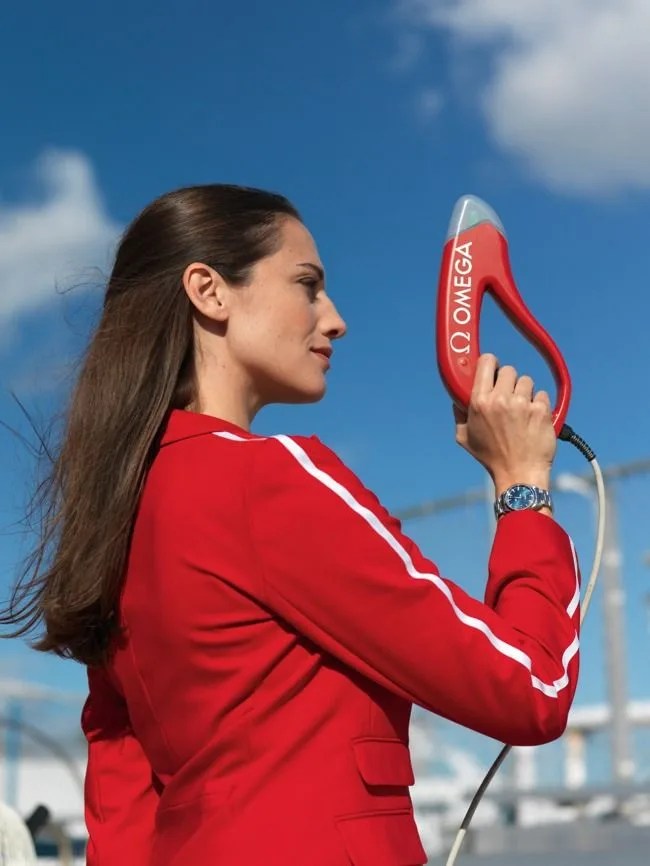
The starter’s pistol is an emblem of track and field races – the crack of the gun, a puff of smoke and the roar of the crowd as sprinters take off down the track. At the 2010 Vancouver Games, OMEGA introduced a futuristic new starter’s pistol that is not only more reliable and accurate, but also has the added advantage of being airline carry-on safe. When the starter’s finger pulls the trigger, the classic “bang” is played through speakers behind each runner’s starting block, a visual flash is emitted and a pulse is sent electronically to the timing system. No smoke and the only drama is at the finish line.

